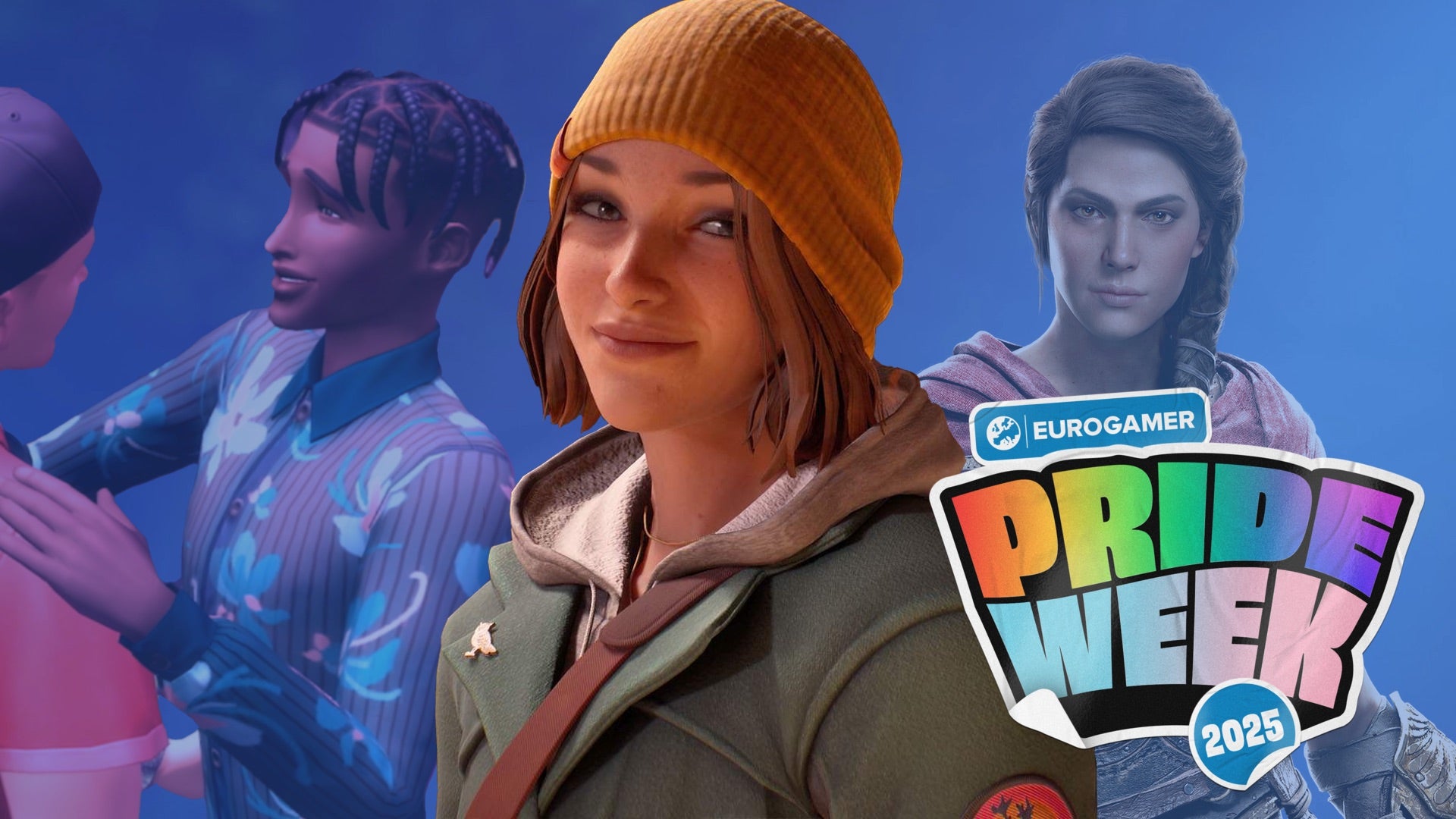In 2022, The Sims 4 added a new set of customisation options for your virtual people: you can now define their sexuality, checking a little box to select whether they’re interested in WooHoo and/or romantic relationships with men, women, or both. The thing is, for the 20 years before this, Sims were bisexual, cheerfully exhibiting their capacity for attraction to more than one gender at any opportunity. It amuses me enormously that it took over two decades for Maxis to finally add straight people to the game.
To see this content please enable targeting cookies.
The Sims are (or were) some of the only bisexual characters in all of gaming, in fact. (Don’t worry, I’m not about to launch into a prescriptive definition of bisexuality here – part of the joy of being bi is that you don’t have to play by anyone’s rules.) Because when games started tentatively including queer representation in the late 00s, it began with : the idea that characters would be attracted to the player, no matter who they were. You could marry someone of any gender in Skyrim or the later Harvest Moon games, for example. Liara in Mass Effect would want whichever Shepherd – male or female – you chose to be.
This was a kind of halfway house, letting developers cater to queer players without actually having to incorporate anything about what it to be queer into the storyline – without having to talk about the kinds of experiences and challenges that real queer people have. For playersexual characters, their queerness isn’t part of who they are, because it exists only to benefit the player. This lets players have their gay-ass romances without making a big deal about it, which is a double-edged sword. It’s a very love-means-love version of queerness as just ‘being able to kiss whomever you want’. And also, playersexuality plays into a common misconception about bi people in the real world: that we can choose whether to play the game of life as gay or straight, when in fact we are always our big bi selves no matter who we’re with.
